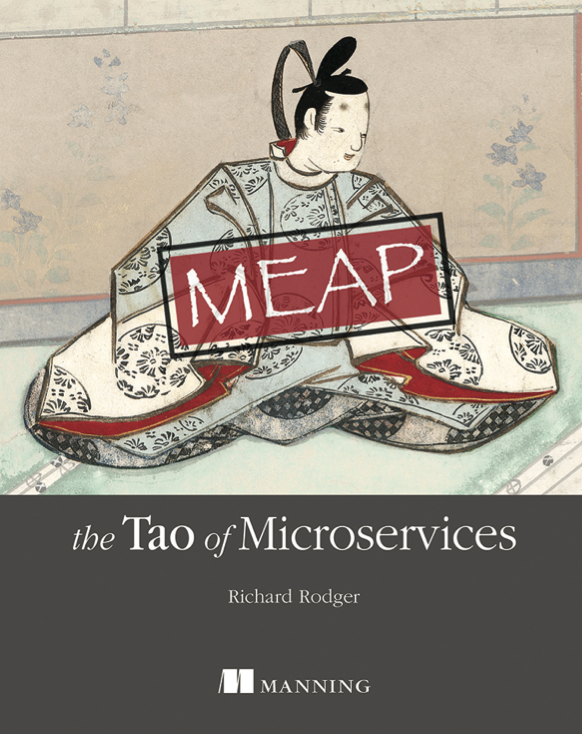I'm going to give some insider information. When I was starting up my components business I found it nearly impossible to get an data on what my sales would look like. So now that I've had a couple of years to collect some data on my own products, I'm going to let you have a little look at it.
The most critical decision you face for a new product is how to price it. There's all sorts of stuff written about this. And all sorts of names for the various strategies: skimming, penetration, cost-plus, etc. Go read Joel for a nice introduction.
Anyway, what I'm going to give you is my demand curve, and my revenue curve. Hmm. I don't know if it's called a revenue curve, but it seems like a good name. It's the one where instead of showing price, like in the demand curve, you show total revenue. Basically, price by units sold. Both curves show values per month. Right, on with the show:
My Demand Curve

My Revenue Curve

Ah. Number's eh? Actual revenue numbers? ROFL mate!
Nope, sorry, can't give you actual revenue numbers or units sold. Confidential business information and all that.
Still, if you're thinking of getting into the software components business, these curves will give you something to chew on. Let me explain them a bit more.
First, the demand curve does show the product price. That's public knowledge. I have collected my data from three pricing periods. I started with $97 and stayed with that price for the first 16 months. I then moved to $47 for a further 10 months. And I've been on $170 for the last two months. This gives a nice bit of data to work with. We can plot three points on the demand and revenue curves and interpolate between them to get some idea of the shape of the curves.
Second, the product I'm focusing on is actually the single developer versions of CSV Manager and XML Manager. The single developer version is the entry level version of these components and the biggest seller. Both products are also sufficiently similar in style and function that we can acceptably merge their data sets. These curves are representative of the majority of Ricebridge sales.
Third, the scales are linear and they are not zero-based. The curves give you information about the relative values between the three prices.
So what are the curves telling you? Well first, software components ain't no Giffen good. Bummer dude. The demand curve is pretty normal. Push up the price and no-one buys. Flog 'em cheap and you'll get a load of buyers.
More interesting is the revenue curve. This is what actually helps you decide what price is going to make the most money. For software you can pretty much ignore unit costs. The main cost to you of selling an extra unit is just your payment processing fees and they increase linearly. Looking at my curve you can see that there's a sweet spot between the $97 and $170 prices.
So should I reprice at $120? Would you?
Well I'm not going to. There's not enough data for the $170 price yet. I have a feeling it will hit sales harder than it has to date. I think I've just been lucky so far. That pushes the maximum point of the curve closer to $97. Remember, don't panic. Get the data.
You can tell that the $47 price point was a disaster. I stuck with it for too long. The data does not lie. It may have generated higher sales volumes, but overall revenue was significantly down. But hey, I had to know.
Of course, the problem with this entire analysis is that software products change. New versions get released. CSV Manager 1.2 came out last November. It has new features so you get more for a given price. Let's just ignore that inconvenient factoid — it sorta messes up my lovely graphs!
To return to my pricing decision, I think the only way is up, actually. Given that the revenue difference between $170 and $97 is not that big, and given that new versions will be better value for money, I think on the whole that my price is pretty much about right for the moment. Yes, I am sacrificing volume. It's probably a skimming strategy. Then again, a price penetration strategy against open source (most of the alternative components) would be pretty nuts.
So there you go, if you're thinking of entering the software components market, now you have a bit more to go on. If you're already in the market, you might want to post something similar…







